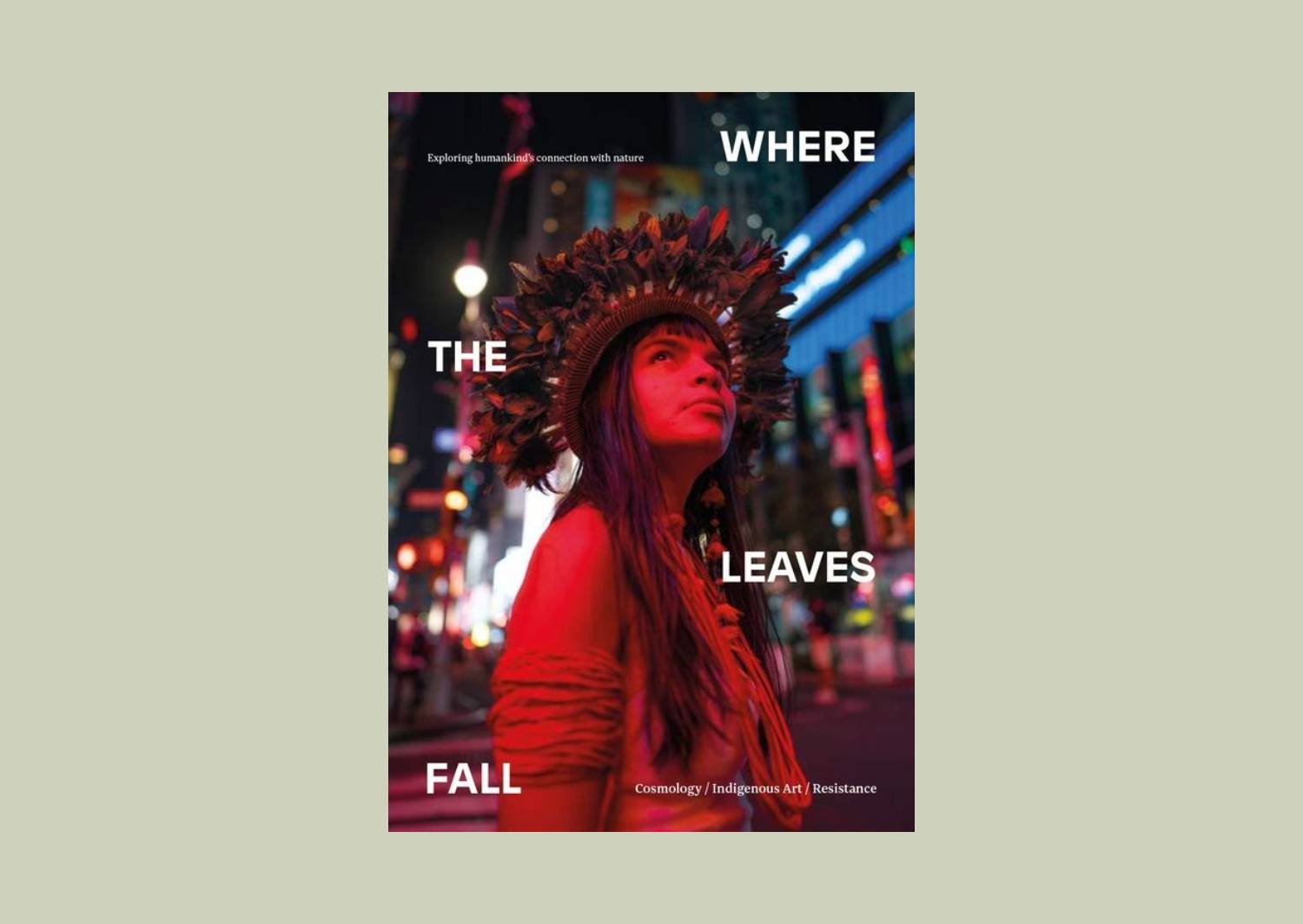“It was a beautiful street. The street of homeless cats, she often thought. She never came into it without seeing several of them, prowling, thin vagabonds, furtive, aloof, but strangely proud. Sympathetic creatures, after all.” – Jean Rhys, Quartet
By Anna Evans:
In the fourteenth arrondissement of Paris, starting from Metro Denfert-Rochereau. On the trail of passages and impasses, courtyards and gardens. With a scattering of notes and addresses to guide us through our route. Wide streets branch off in different directions from the centre, where the great lion looks out. We walk along the Avenue d’Orléans, renamed Avenue General Leclerc after the liberation of Paris. The old street name has been retained only crossed out. Strikethrough: a line drawn through, as though to keep the name still present.
Along Rue Daguerre, past the pink house that was Agnes Varda’s, there are patterns of white cloud where the sun is starting to break through, to dazzle. The elegant white facades of the buildings appear lighter, so that the street seems to open to us, as we absorb the decorated iron balconies, shutters and flowers in window boxes, pavement cafés, and glimpses in shop windows. We like to spot the launderettes and tabacs, the neighbourhood shops and bakeries.
In Place Jacques Demy, in a square shaded by trees, we sit and drink coffee. In the park there are basketball courts and ping pong tables. An old merry go round and tables with chess squares painted over them, a few old books left there for the taking. The sun makes patterns through the trees.
In photographs taken along the way are glimpses in passing of buildings and streets. Compositions of a moment in time. Walking along the Rue des Plantes in search of an impasse. Impasses, the streets that come to a dead end, a cul-de-sac, that most evocative of Parisian place names: a passage with no way through.
The Impasse du Moulin Vert. An enclosed passage, a cobbled street with the feel of a village. There are houses and buildings of different styles, statues and carvings, hidden entrances. Gates conceal gardens and terraces, trees growing tantalizingly across the walls. At the end of the passage, a courtyard with old style lamps and green shutters on the windows. There are pots of flowering plants, pink roses, geraniums, and begonias. An elegant pink and white building with iron balconies and ivy growing up its side. Shadows of trees make patterns on the walls.
The streets of this area, Pernety, have the feel of another time. Narrow streets and smaller houses, shutters and chimneys mingle with Haussmann-style facades. Enclosed gardens tucked away behind trees and railings, with enticing corners to sit and read among grass and sunlight, green and shaded. The village meets the city as people gather with friends or pause to eat their lunch, making use of the space, scattered sounds of music.
A mural with flowers and bold lettering along the wall, the words of Louise Michel, a revolutionary of the Paris Commune: La révolution sera la floraison de l’humanité comme l’amour est la floraison du coeur[1].
Turning the corner to find a passage, the Rue des Thermopyles, a narrow street paved with cobblestones that feels quiet and secluded. There are low-rise houses linked by leafy arches, blue shutters, and red flowering roses. Some of the buildings seem like artists’ studios, the sense of Montparnasse in another time. Climbing vines and wisteria grow across the passage and trail between the houses and branches cover windows. Window boxes and planters, pots of different shapes and sizes, imperfect, unexpected, like a story opening outwards.
On the corner is a yellow house with a black painted door, creepers grow across the building and pots of plants and flowers. We hear music, the sound of a piano through the open window and a voice singing, soaring like a moment in a film. Each day, a reel of moments.
Looking back along the cobbled lane there is a sense of green everywhere, hushed voices from the shared garden. The shade of trees and dappled sunlight, rooftops, and blue sky. Each glimpse is like framing a different fall of shadow and sunlight and sometimes the street seems to lengthen depending on the angle I look, as figures emerge and fade into the space of the passage and around corners. I want to notice every detail, to know the story behind every door.
Cats emerge from behind windows, unobtrusively free, and stroll along the cobbled alleyway looking for a patch of sunlight to sprawl under. I think of the city as viewed by its cats, who prowl its spaces, its hidden courtyards, and enclosed places. For the cats there are escape routes in every dead end, and no forbidden entrances.
We take our time, absorbing every angle, torn between the wish to linger here, and the draw of the blue sky ahead and what comes next; of what other hidden places we might find. The city becomes an endless series of movements, experienced in passing. A passage is made to be followed.
***
Notes: [1] The revolution will be the flowering of humanity as love is the flowering of the heart.
Anna Evans is a writer from Huddersfield who lives in Cambridge, with interests in place, memory, literature, migration, and travel. She enjoys writing about landscape – nature, cities, and all the places in-between. You can read more about Anna and her work on her website The Street Walks In. You can find more of Anna’s contributions to Elsewhere here.











